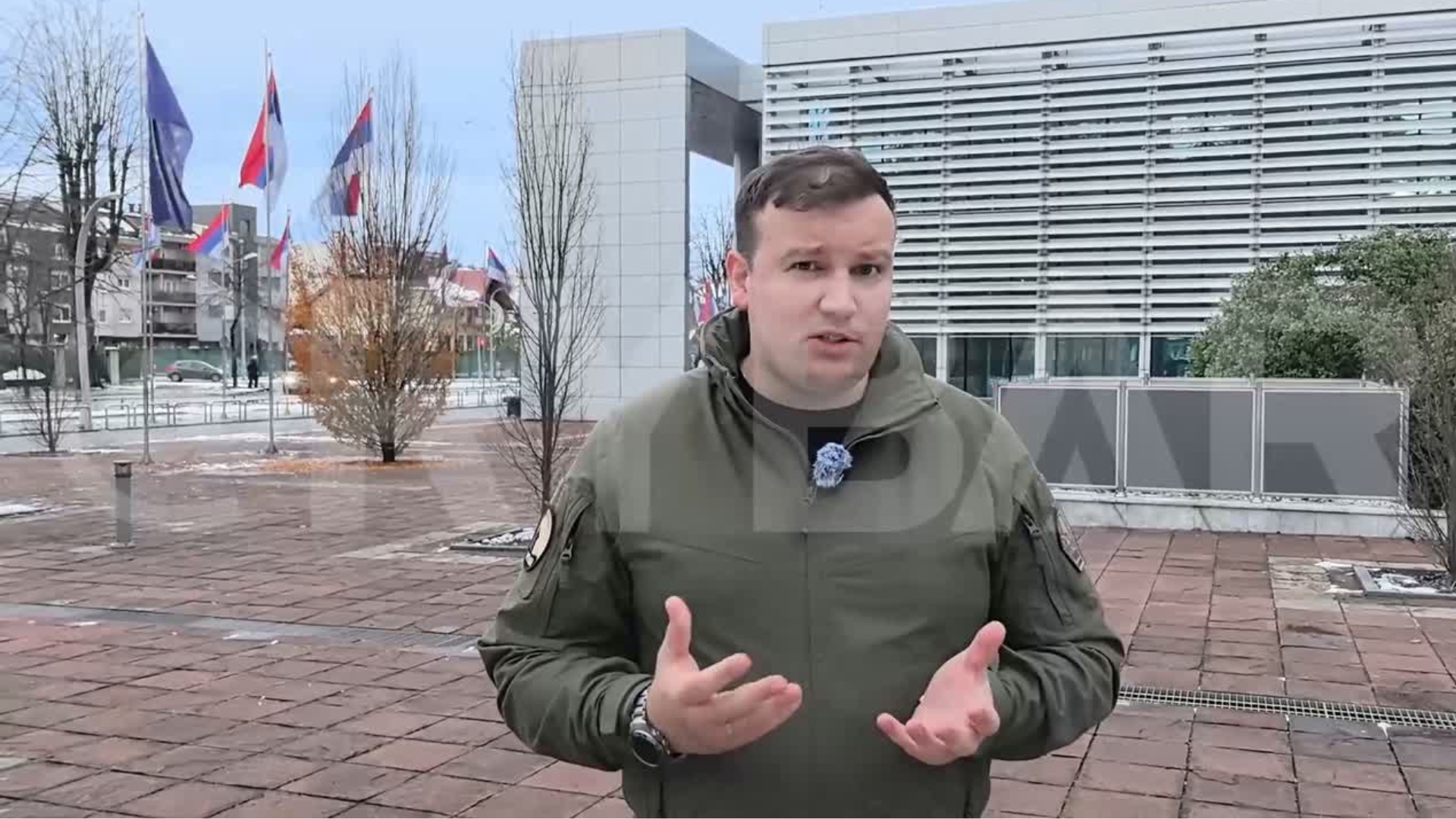This post is also available in: Bosnian
Twenty-eight years since they went missing during the Bosnian war, Ferida Nisic is still searching for the remains of her brother, Mujo Music, and 10 other relatives.
“The search is your life,” said Nisic, secretary of the municipality missing persons association in Hadzici, just west of the Bosnian capital, Sarajevo.
The search for roughly 7,000 people still missing from Bosnia’s 1992-95 war slowed this year, however, with the COVID-19 pandemic stymieing the efforts of the state Missing Persons Institute to bring some degree of closure to families across the country.
An estimated 32,000 people went missing during the war. To date, the remains of just over 25,000 have been exhumed, all but roughly 1,000 of them since identified and handed over to their families for burial.
This year, up to the end of November, the mortal remains of 62 victims of the war were exhumed, compared to 97 last year and 134 in 2018, the Missing Persons Institute told BIRN Bosnia and Herzegovina, BIRN BiH.
Of the 62, 27 were found on the territory covered by the Institute’s Eastern Sarajevo field office and 19 in the area around the Tuzla office, northeast of the capital. In most cases, the bodies were incomplete, often the result of being moved by the perpetrators in an effort to conceal war crimes.
The Institute told BIRN BiH that the pandemic had “significantly aggravated and temporarily suspended” its work.
For two months, the Institute halted operations after the Bosnian government prohibited gatherings in public places of more than five people. “This actually happened in the spring, when most exhumations usually take place,” it said.
In terms of identifying the remains, 51 victims were identified in the first 11 months of this year, compared to 177 in the first nine months of 2019.
Matthew Holliday, head of Western Balkans Programme with the International Commission on Missing Persons, ICMP, previously told BIRN BiH that a lack of accurate information on the location of hidden graves represents one of the main obstacles to finding the missing. The rate of excavations remains the same as 10 or 15 years ago, he said, but those carried out now are less often successful.
The last known whereabouts of Nisic’s brother and her other relatives was the Slavisa Cica military barracks in Lukavica, near Sarajevo, in 1992. Bosnian Serb forces took them from the barracks in a group of 46 residents of Hadzici.
Last year, 12 victims from the Hadzici area were exhumed, identified and buried, Nisic said. The search is all-consuming, she told BIRN BiH.
“If you are in the association premises, you look at their photos all the time, you talk about it all the time, you are constantly visited by people dealing with it,” said Nisic.
“You cannot just disconnect yourself. You live in hope all the time. Each piece of information means a lot to you despite the fact that you maybe doubt its accuracy.”


